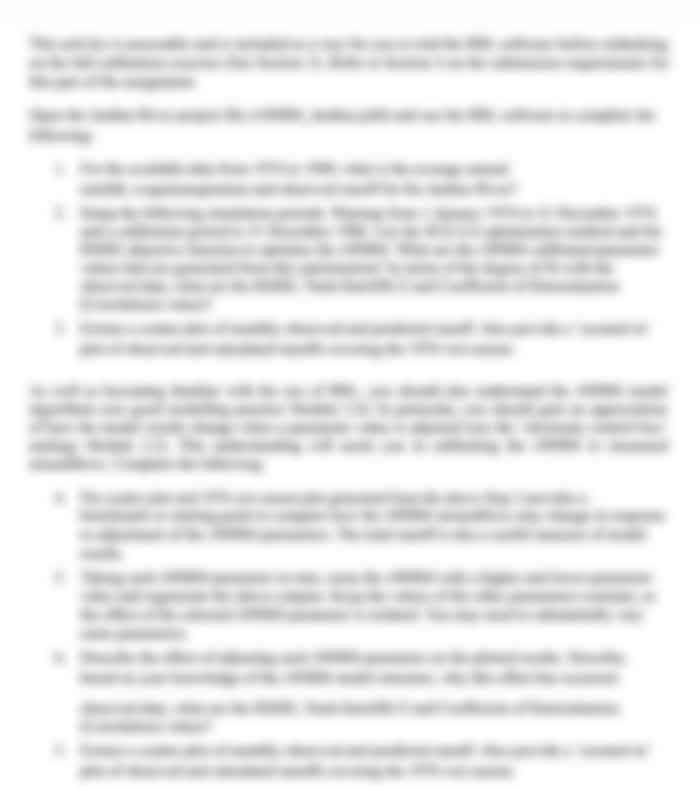Analysing Information Processes
This session
Analysing information processes:
Data flow diagrams (DFDS)
Data flow diagramming exercise
Next session: Process improvement and process thinking
Information & construction

Information & construction
Construction projects have high information intensity
Right information to the right people at the right time (and at the right cost) ?reliable & productive delivery
BIM, mobile data, etc. are creating opportunities and driving changes
Meaningful information is increasingly embedded within, or delivered alongside, the physical product
Modern built environment professionals need to
Meet information needs across the project life cycle
Develop and implement information management processes.
Manage a diverse range of data and interfaces
Information processes
Structured data analysis is an IT analysis tool designed to support IT implementation
It can also be used to better understand what is going in a process
& to help Identify process anomalies, duplications, weaknesses, etc.
Elements of it (DfDs) have been successfully applied to the analysis of construction information
In your groups you will develop one of these


Data Flow Diagrams
DFDs are a standardized and well-established method of mapping the information flows in systems and processes
Technical but relatively easy to understand
Two types:
Physical DFDs graphically show how the systems works
Logical DFDs graphically show what the system does -
DFDs consists of four elements. Processes, Data Stores and External Entities are
connected by Data Flows.
Drawing DFDs
A DFD consists of arrows and boxes
The arrows represent the data flows and different types of box represent the processes, data stores and external entities
The diagramming conventions for DFDs vary and, for us, it doesnt matter what you use as long as youre consistent
DFDs diagrams should be clear and readable
Conventionally processes are positioned in the centre of a diagram and there should be only be 72
Data flows should never never cross (its often necessary to have duplicates of external entities and data stores)
Drawing DFDs
Processes within DFDs can have subprocesses and so on
Processes are drawn as a lower-level DFD
The top level diagram is called a context diagram and shows the system as a single process with the external entities and their data flows
At the lowest level of DFDs, Processes are described (e.g, procedure, task list, structured English, decision tree)

Do DFDs look familiar?
DFDs are also different to flowcharts, process maps or project activity networks (although they might look similar and can have some content overlap)
Strictly, DFDs do not show time or processes dependencies but the possibilities for data processing and flow that exist in a system
Any particular business process might use the data processes and data flows shown in a DFD in a particular way.
In practice DFDs of project data flows look more like a flowchart than DFDs of continuous systems such as a sales or finance system.
Processes [verb + owner]
Things that happen in the system including decisions that are made.
Activities in the system that read, transform, or communicate information.
You can think of them as transforming input(s) into output(s).
Process names should all start with a verb.
Processes also have an owner who does the process.

Data Flows
Data flows are the information that moves as a result of processes.
You can also think of them as connecting processes (but remember that the actions happen in the processes not on the arrows)
Data flow names should not include a verb.
Represented by an arrow ..

External Entities

External entities are people, organizations, functions etc. that are outside the system but interact with it:
to initiate the system to act,
to supply information to the system,
or to receive information from the system.
External entities can be a slightly tricky concept for people as whether something is external depends on how one draws a boundary around the system one is drawing.
A useful rule-of-thumb is that any process owner cannot, by definition, be an external entity.
Data Stores
Data stores are places within the system where data is stored
Data in stores is at rest but available to processes to extract information from
Typical examples include database table, files, reference data and the like
In modelling terms the important distinction is that data stores cant do anything -it requires a process to update, or extract information from, a data store
Data store names should not include a verb

Exercise: mapping construction
information processes
Working as a group produce DFDs of one the information processes in and around the Faulkner Fabrications case study
Were going to spend the rest of the session on this and will structure the session as needed to ensure everybody has the opportunity to give feedback to and learn from each other
The aim is for each group to produce a DFD



Are you struggling to keep up with the demands of your academic journey? Don't worry, we've got your back!
Exam Question Bank is your trusted partner in achieving academic excellence for all kind of technical and non-technical subjects. Our comprehensive range of academic services is designed to cater to students at every level. Whether you're a high school student, a college undergraduate, or pursuing advanced studies, we have the expertise and resources to support you.
To connect with expert and ask your query click here Exam Question Bank

